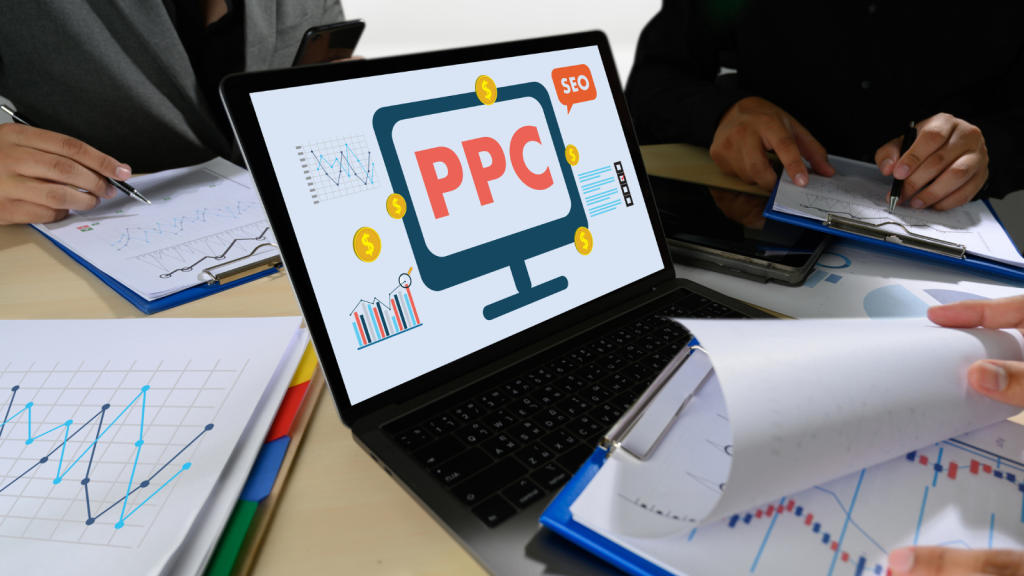Imagine Mia, a boutique owner with a line of handmade jewelry. She decides to try social media PPC (pay-per-click) ads to boost her sales. She sets up an ad with a beautiful product photo and a simple caption: “Buy Now!” But after spending $500, she gets only a handful of clicks and barely any sales.
Frustrated, Mia almost gives up. Then she learns a few game-changing strategies. Fast forward three months, her ads are generating not just clicks, but consistent sales. What changed? Let’s dive into the untold tips and tricks Mia used to master social media PPC ads.
Understanding the Power of PPC Ads on Social Media
Social media platforms like Facebook, Instagram, LinkedIn, and TikTok offer powerful PPC advertising options. Unlike traditional ads, PPC ads allow you to target specific audiences, track real-time performance, and optimize based on data.
But here’s the catch: running effective PPC ads isn’t just about boosting a post or targeting the right demographics. It’s about crafting a strategy that connects, engages, and converts.
The Foundation: Know Your Objective
Mia’s first mistake was unclear objectives. PPC campaigns should have a clear goal:
- Awareness: Introduce your brand to new audiences.
- Consideration: Drive traffic to your website.
- Conversion: Encourage purchases, sign-ups, or specific actions.
Tip: Align your ad creatives, copy, and targeting with your objective. Don’t mix goals in one campaign—it confuses both the algorithm and your audience.
Untold Tips and Tricks for Effective PPC Ads
Storytelling in Ads: Beyond the Hard Sell
Instead of generic “Buy Now” prompts, Mia started telling stories. One of her most successful ads featured a short narrative:
“Meet Sophie. She wanted a necklace that felt as unique as she is. That’s when she found our handcrafted amethyst pendant…”
This ad didn’t just sell a product; it sold an experience.
Tip: Use mini-stories in your ads to create an emotional connection. People remember stories, not sales pitches.
The Power of the Hook: Grab Attention Fast
You have 1-3 seconds to capture attention. Mia experimented with bold hooks:
- “Why are thousands of women obsessed with this bracelet?”
- “Tired of boring jewelry? We fixed that.”
Tip: Use questions, surprising facts, or bold statements to pique curiosity immediately.
Dynamic Creative Optimization (DCO)
Instead of guessing which image or headline works best, Mia used Dynamic Creative Optimization. This feature lets platforms like Facebook mix and match headlines, images, and descriptions to find the best-performing combination.
Tip: Always A/B test different creatives. Let the algorithm do the heavy lifting.
The “Scroll-Stopping” Visuals
Mia’s initial ads were aesthetically pleasing but not attention-grabbing. She shifted to bold colors, close-up shots, and even short video clips with quick transitions.
Tip: Use contrasting colors, large text overlays, and dynamic visuals to break the scroll pattern.
The NLP Edge: Optimizing Ad Copy for Higher Engagement
Mia unknowingly applied NLP (Natural Language Processing) principles to her ad copy, which significantly improved performance.
- Emotionally Charged Words: Words like “love,” “discover,” and “unique” triggered positive emotions.
- Power of Personalization: Phrases like “Made just for you” created a sense of exclusivity.
- Semantic Variations: Instead of repeating “shop now,” Mia used “grab yours today,” “find your style,” and “explore more.”
Tip: Use NLP tools or keyword analysis software to identify emotionally resonant language for your target audience.
Targeting Like a Pro
1. Retargeting Warm Audiences
Mia had been ignoring people who had interacted with her website but didn’t purchase. She started retargeting them with specific offers, like “Still thinking about that necklace? Here’s 10% off!”
Tip: Always set up retargeting campaigns for website visitors, video viewers, and past customers.
2. Lookalike Audiences
Mia created Lookalike Audiences based on her best customers. This helped her reach people with similar interests and behaviors.
Tip: Upload your customer email list to platforms like Facebook to create high-converting lookalike audiences.
3. Hyper-Specific Interest Targeting
Instead of broad targeting (e.g., “jewelry lovers”), Mia narrowed down to interests like “sustainable fashion,” “handmade crafts,” and “minimalist design.”
Tip: The more specific your targeting, the better your engagement and conversion rates.
Budget and Bidding Secrets
Start Small, Scale Fast
Mia started with $5/day to test different creatives. Once she identified top performers, she scaled those ads gradually.
Tip: Don’t pour your entire budget into one ad from the start. Test small, scale what works.
Use Manual Bidding Strategically
While automatic bidding works for beginners, Mia experimented with manual bidding for retargeting campaigns, ensuring her ads showed to the most valuable audiences.
Tip: Use manual bidding when you have clear data on your audience’s value and behavior.
Tracking, Analyzing, and Optimizing
Mia’s final breakthrough? Consistently analyzing ad performance. She didn’t just look at clicks; she tracked:
- Cost per Click (CPC)
- Click-Through Rate (CTR)
- Conversion Rate
- Return on Ad Spend (ROAS)
Tip: Regularly review your data to identify patterns. Pause underperforming ads, tweak creatives, and double down on high performers.
Final Thoughts
Mia’s journey with PPC ads wasn’t about finding a magic formula. It was about continuous learning, testing, and optimizing. By leveraging storytelling, NLP techniques, strategic targeting, and data-driven decisions, she turned her ads from costly experiments into profitable campaigns.
So, the next time you create a PPC ad, ask yourself: Is this just another ad, or is it a strategic piece designed to connect, engage, and convert?
Ready to transform your social media PPC ads? Test one new strategy today and watch the impact unfold.

